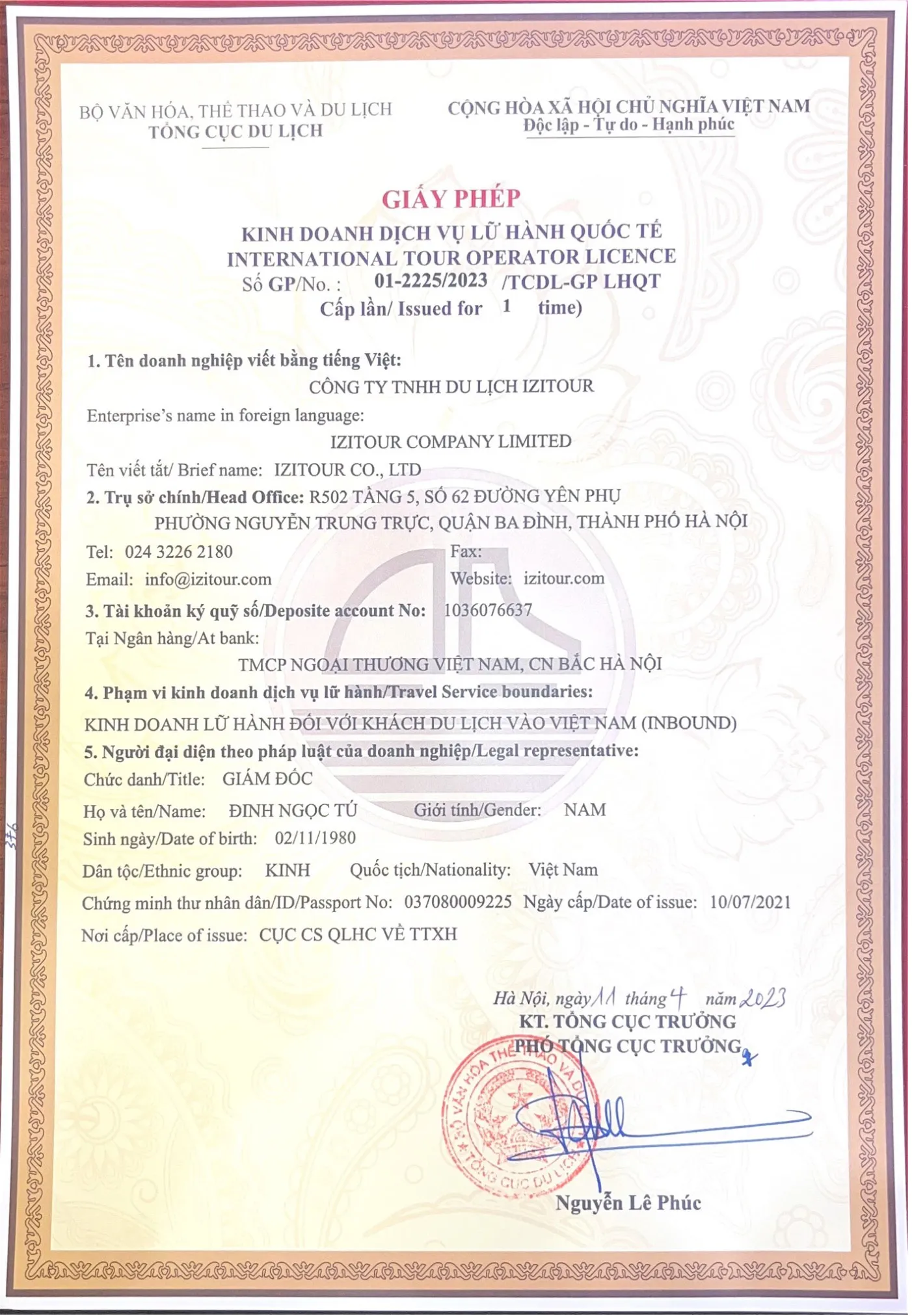Though still little known to most travelers, this remote region stands as one of Vietnam’s most captivating and authentic destinations. As the cradle of ancient ethnic communities once isolated from the outside world, the Central Highlands of Vietnam hold echoes of mystery, faith, and exploration. It was here that French missionaries and adventurers once ventured through mist-covered valleys and untamed forests. Today, this majestic plateau preserves not only breathtaking landscapes but also a distinctive soil, a proud cultural identity, and the timeless spirit of Vietnam — where every step resonates with the rhythm of the land and its people.
- 1. Where is the Central Highlands of Vietnam?
- 2. Best time to visit Central Highlands
- 3. The Central Highlands - the land of adventurers, ethnologists and missionaries
- 4. The fertile soil of the Central Highlands
- 5. Central Highlands’s culture and ethnic diversity
- 6. Top destinations in the Central Highlands
- 7. How to get there
- 8. How many days should you spend in the Central Highlands?
1. Where is the Central Highlands of Vietnam?
Located between Central and Southern Vietnam, the Central Highlands used to form a vast elevated plateau that stretches between the country’s coastal plains and the Cambodian border. For many years, this region was recognized as a distinct area made up of five provinces — Gia Lai, Kon Tum, Dak Lak, Dak Nong, and Lam Dong — each with its own landscape, culture, and charm.
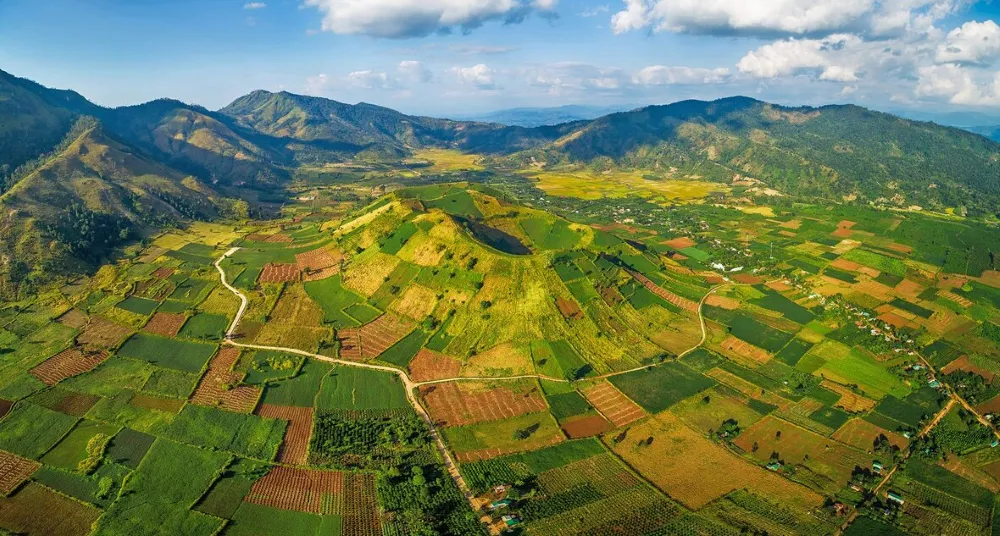
Following Vietnam’s administrative reorganization in 2025, the provinces of the Central Highlands and the South Central Coast were merged to form a new region officially known as the South Central Coast and Central Highlands Region. Despite this change, the Central Highlands remain a unique destination — a land where cool mountain breezes replace coastal heat, and ancient traditions blend harmoniously with untouched nature.
What makes this region truly special is its raw natural beauty, rich cultural diversity, and refreshing year-round climate. From mist-covered pine forests and thunderous waterfalls to colorful village markets and the deep resonance of gong music, the Central Highlands embody the wild, soulful heart of Vietnam.
2. Best time to visit Central Highlands
Unlike the humid lowlands, the Central Highlands of Vietnam enjoy a pleasantly cool and temperate climate throughout the year. The region has two main seasons:
The dry season runs from November to April, bringing clear blue skies, mild sunshine, and cool nights - ideal for outdoor activities such as trekking, motorbiking, and exploring ethnic villages.
The rainy season lasts from May to October, when afternoon showers turn the landscape into a lush green paradise and waterfalls reach their most spectacular flow.
Temperatures vary by altitude, but generally range between 18°C and 25°C (64°F–77°F) in most highland areas. In Da Lat and the higher parts of Lam Dong, temperatures can drop to 10°C (50°F) at night during the coolest months (December–February), while in lower areas such as Dak Lak or Gia Lai, days remain pleasantly warm.
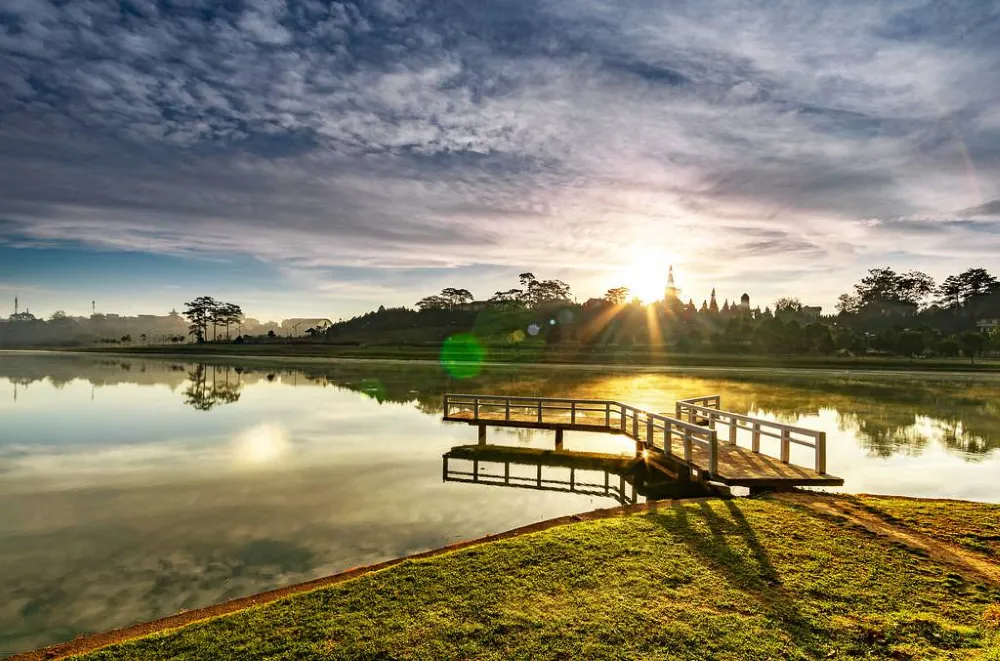
The dry months bring crisp blue skies, perfect for trekking, sightseeing, and coffee harvesting, while the rainy season transforms the landscape into a lush green paradise with powerful waterfalls at their fullest. For many travelers, the best time to visit is from November to March, when the weather is dry, comfortable, and the coffee harvest fills the air with a rich, earthy aroma. This period also coincides with several traditional festivals and is perfect for combining highland exploration with coastal travel in Central Vietnam.
3. The Central Highlands - the land of adventurers, ethnologists and missionaries
Traveling across Vietnam’s Central Highlands is a journey in the footsteps of the explorers, ethnologists, and missionaries who once shaped the region’s history — a land that, for centuries, remained out of reach to Europeans.
Among the first to set foot here was Dr. Alexandre Yersin, a disciple of Louis Pasteur and the founder of Da Lat’s famed hill station. At the end of the 19th century, when these highlands were still a mysterious and nearly inaccessible territory, Yersin ventured deep into dense jungles where danger lurked behind every tree, only wild tigers and fiercely independent tribes. His expedition built upon the earlier work of explorers such as Doudart de Lagrée, Francis Garnier (1860), and Auguste Pavie (1895), mapping the last unknown lands of Indochina.
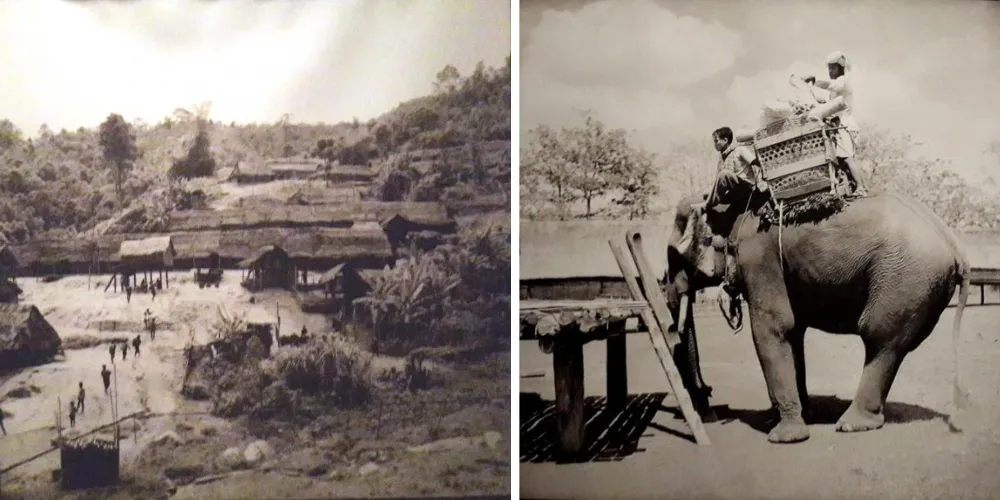
Not long after came one of the most remarkable French adventurers leaving his mark on the Central Highlands — David de Mayréna. Commissioned by the Governor-General of Indochina, he was tasked with uniting the highland tribes against a potential Siamese invasion. In an audacious campaign lasting only six months, he managed to rally numerous ethnic groups, including the Xo Dang people, who proclaimed him their king under the name Marie I. His short-lived jungle kingdom later inspired writers and filmmakers alike, including André Malraux and Francis Ford Coppola, who drew from his legend to create the iconic Colonel Kurtz in Apocalypse Now.
In the mid-20th century, another remarkable figure emerged: Jean Boulbet. He was a young cartographer and ethnographer who spent fifteen years living with the Cau Maa’ people in the Central Highlands. He referred to this vast territory as the “Domaine des génies” (Domain of Genies). Unlike earlier expeditions that were often met with resistance, Boulbet was embraced by the community, becoming one of them. His deep cultural insights later earned him recognition within the École Francaise d'Extrême-Orient (EFEO).

The Central Highlands also became a major center for Catholic missions, as French missionaries arrived over the past three centuries to evangelize and educate. Their legacy remains most visible in Kon Tum, home to a magnificent wooden church built more than a century ago from termite-resistant ironwood. Its soaring 20-meter bell tower and elegant Gothic design stand as a testament to faith, perseverance, and the enduring connection between the highlands and the world beyond.
Today, these stories of exploration and devotion still echo through the mountains. To travel the Central Highlands of Vietnam is to rediscover that same sense of wonder, of venturing into the unknown, guided by curiosity, courage, and an enduring respect for the people who call this land home.
4. The fertile soil of the Central Highlands
Blessed with a mild mountain climate and rich volcanic soil, the Central Highlands of Vietnam are a land where nature’s generosity is expressed through its crops. This fertile plateau has given rise to some of Vietnam’s most treasured agricultural products.
Coffee - the “black gold” of Vietnam
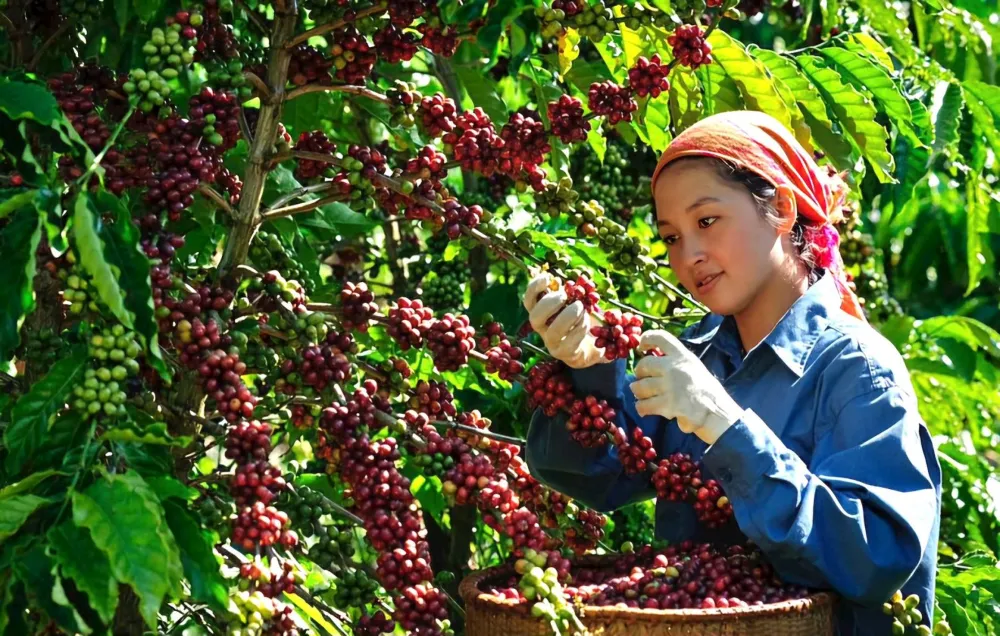
The undisputed star of the Central Highlands’ soil is coffee. Vietnam is now the world’s second-largest coffee producer, and the country has turned the act of sipping a small, strong cà phê đen into a daily ritual. Nowhere is this culture more alive than in Buon Ma Thuot and Da Lat, where rolling coffee plantations stretch across red basaltic hills. Visitors can tour family-owned farms, learn about traditional roasting techniques, and breathe in the deep, earthy aroma of freshly ground beans — the true essence of Vietnam’s “black gold”.
Tea - the “green gold” of the Central Highlands
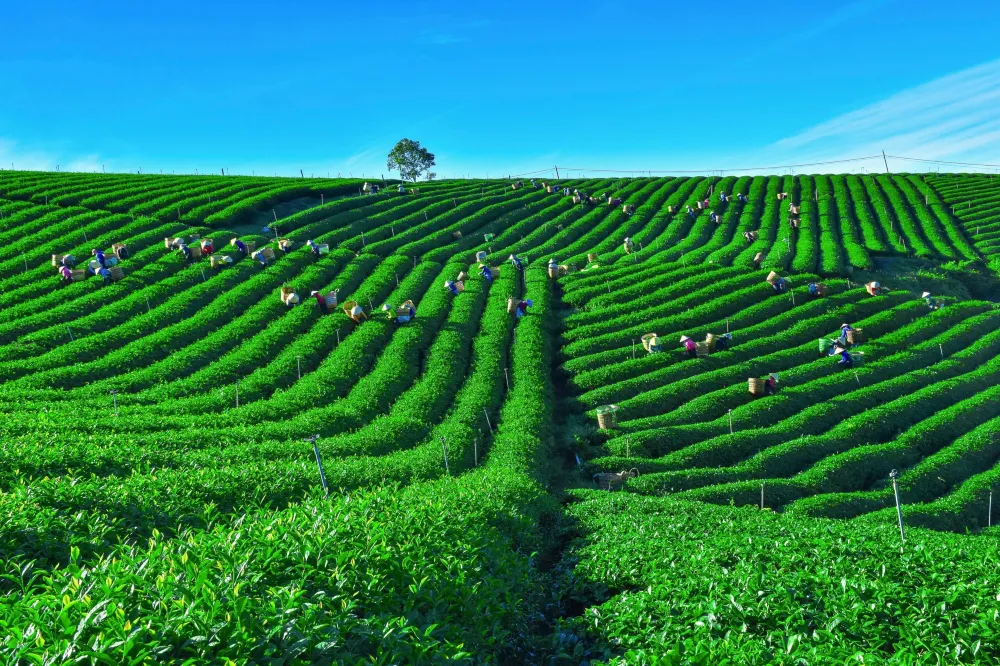
Tea, often called Vietnam’s “green gold”, also thrives in this rich soil. Lam Dong Province, home to the mountain town of Da Lat, ranks among the nation’s leading tea producers. Here, gentle slopes are blanketed with rows of emerald-green bushes, often veiled in morning mist. In the soft dawn light, women wearing traditional conical hats move gracefully through the fields, hand-picking tender tea leaves that will later be transformed into fragrant brews enjoyed across the country.
Pepper – the pride of Vietnamese spices
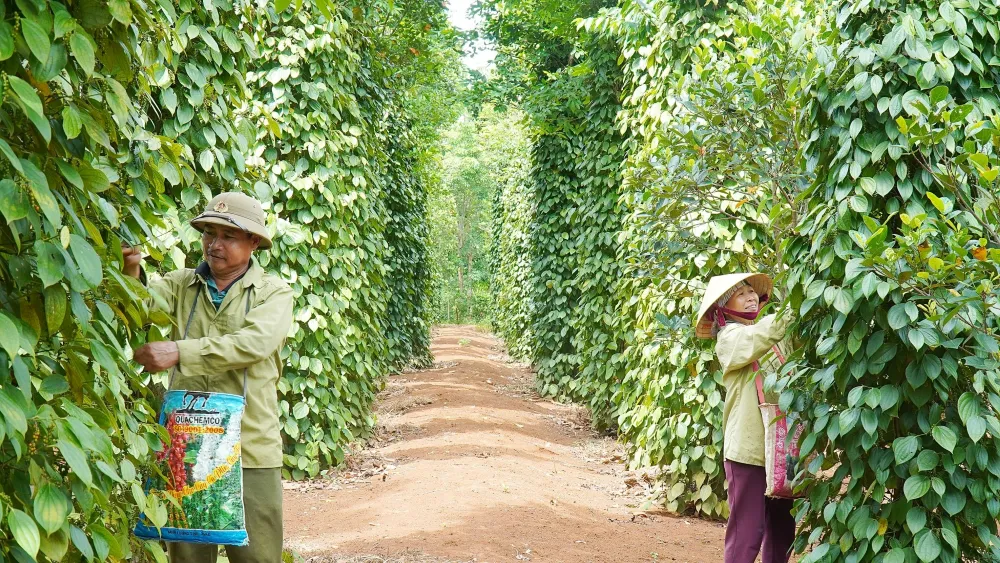
Another star of the Central Highlands is pepper, one of Vietnam’s top exports and a spice that has earned the country global acclaim as the world’s largest producer. A visit to a pepper plantation reveals the fascinating process behind this aromatic treasure — from the climbing vines wrapped around wooden poles to the sun-drying of glossy black kernels. The flavor of Vietnamese pepper is bold yet refined, a perfect reflection of the land it comes from: rich, intense, and full of character.
From the red basalt soil that nurtures its crops to the misty hills that cradle its villages, the Central Highlands reveal their beauty through both nature and culture. Each valley, town, and mountain holds a different story — of people, faith, and traditions shaped by the land itself.
5. Central Highlands’s culture and ethnic diversity
The Central Highlands of Vietnam are not only blessed with natural beauty but also home to a diversity of peoples and traditions. More than 40 ethnic groups live across this vast plateau, each with its own language, customs, and beliefs. Among them, the Ede, M’nong, Jarai, Bahnar, and Xo Dang communities are especially well-known for their strong cultural identities and close connection to nature.
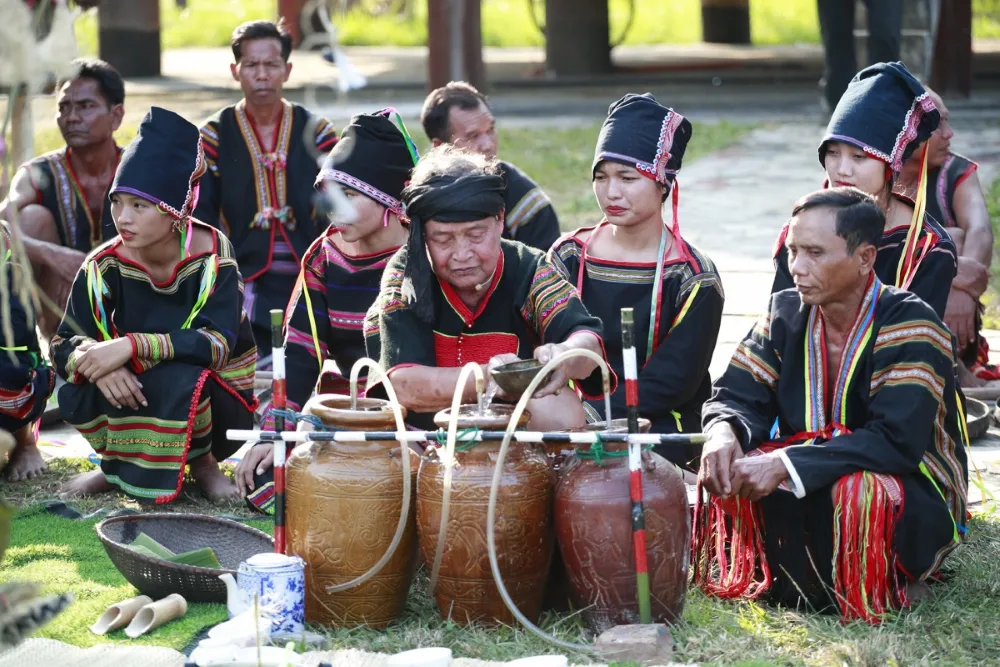
Jarai people preparing a festival
The Ede and M’nong people live in longhouses — traditional wooden homes that can stretch dozens of meters in length, while the Bahnar, Jarai, and Xo Dang peoples are known for their towering Rong houses — impressive communal structures with steep, thatched roofs reaching up to 20 meters high. Built to house several generations under one roof, the longhouses reflect a matrilineal society, where women play a central role in family and community life. The longhouse is more than architecture; it is a living symbol of unity, continuity, and the gentle strength of highland women. Farther north, in Gia Lai and Kon Tum, the Rong house stands at the heart of every village, serving as a gathering place for festivals, ceremonies, and the beating of gongs that call the community together.
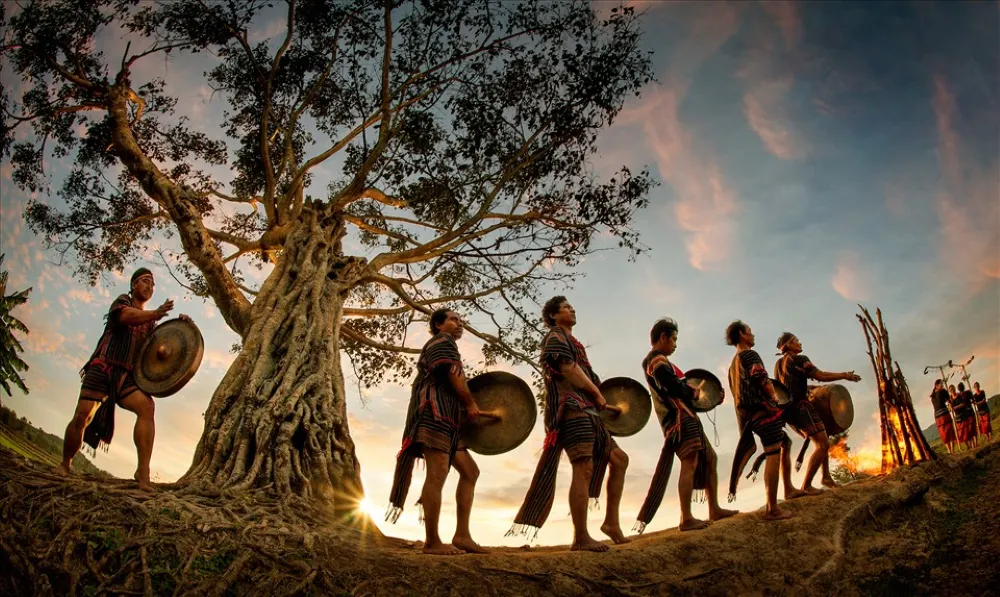
Music, dance, and celebration are woven into everyday life across the highlands. The deep, resonant sound of the gong accompanies rituals, weddings, and harvest festivals, expressing gratitude to the spirits and joy for life. This ancient tradition — the “Space of Gong Culture in the Central Highlands” — was recognized by UNESCO in 2005 as a Masterpiece of the Oral and Intangible Heritage of Humanity.
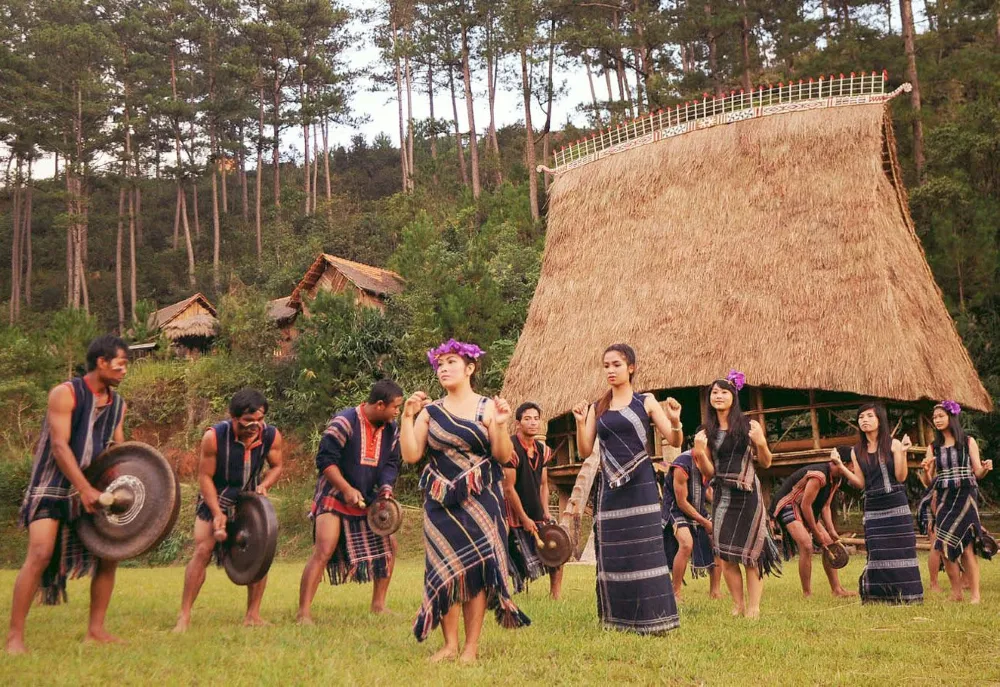
Preserving a pride and awareness of their cultural roots, during festivals, local people wear handwoven textiles in bold geometric patterns, share rice wine from large communal jars, and dance around the fire in harmony with the rhythm of drums and gongs. For visitors, these moments offer a rare glimpse into a world where tradition, spirituality, and community remain beautifully intertwined.
Now, let’s explore some of the region’s most remarkable places, where the spirit of the Central Highlands truly comes to life.
6. Top destinations in the Central Highlands
Da Lat - the pearl of Central Highlands
Perched at 1,500 meters above sea level, Da Lat — often called “the City of Eternal Spring” — charms visitors with its cool mountain air, pine-covered hills, and blooming flowers all year round. The city was first developed in the early 20th century as a mountain retreat for French colonial elites, inspired by Governor-General Paul Doumer and his friend, the scientist and explorer Alexandre Yersin.
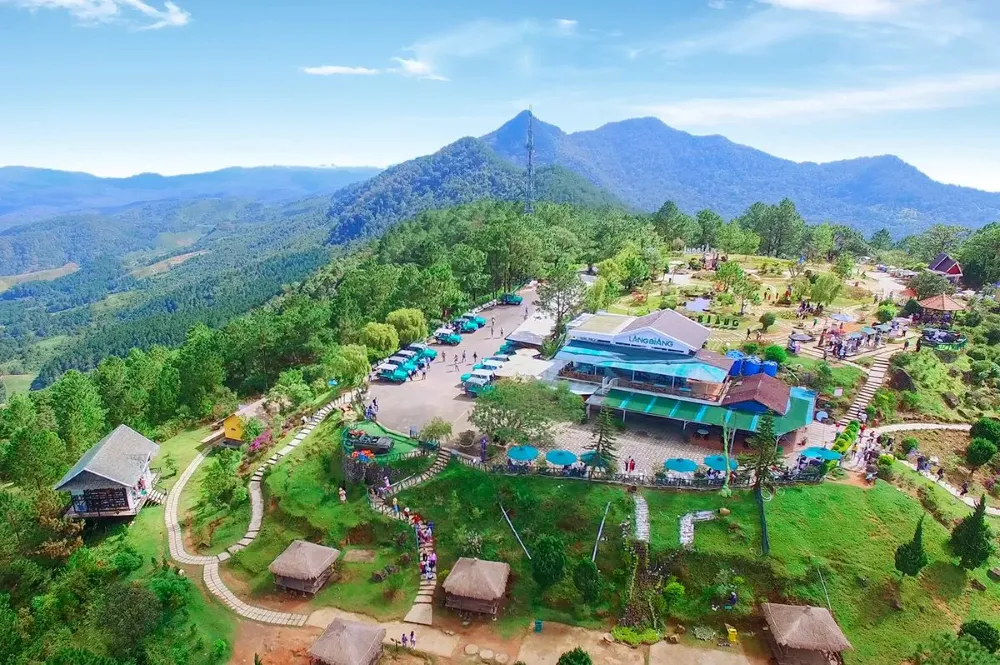
For more than a century, travelers chose it for romantic scenery and timeless elegance. Nestled high on the Lang Biang Plateau, the city unfolds in a mosaic of pine forests, crystal-clear lakes, flower-filled valleys, and cascading waterfalls. Its mild climate nurtures vibrant gardens and endless tea plantations that stretch toward the horizon.
Da Lat’s French colonial heritage remains visible in its graceful villas, old churches, and tree-lined avenues, blending perfectly with local charm. From the bustling Da Lat Market to tranquil evenings by Xuan Huong Lake, the city carries an almost nostalgic atmosphere — a mix of elegance, simplicity, and a touch of sweet melancholy that makes it truly irresistible.
Buon Ma Thuot - coffee capital of Vietnam
The heart of Vietnam’s coffee industry, Buon Ma Thuot (in Dak Lak) is a paradise for coffee lovers. Here, you can visit traditional plantations, learn how beans are grown and roasted, and enjoy a strong local brew right where it’s made — a true taste of the highlands’ “black gold”.
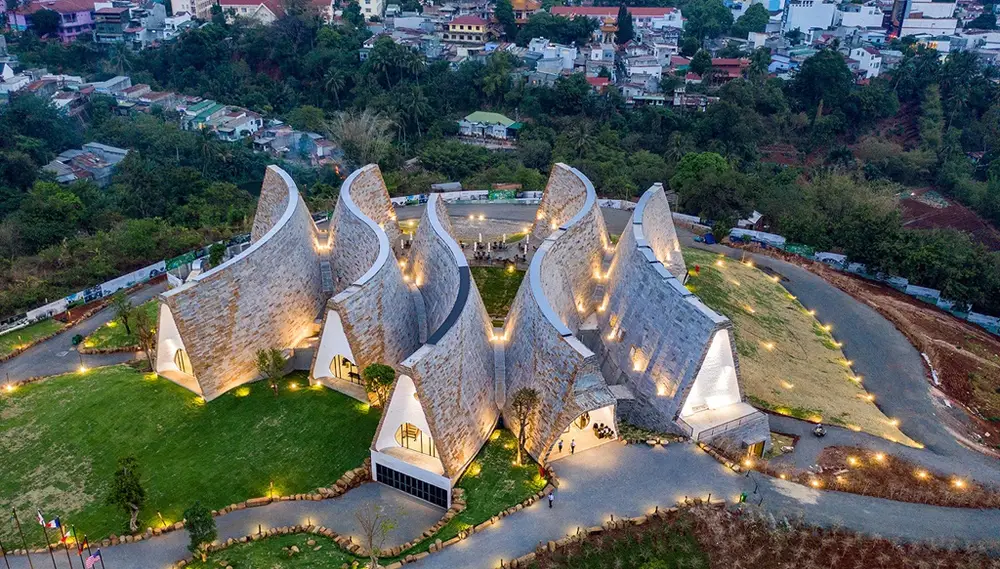
Coffee Museum
Beyond coffee, Buon Ma Thuot is surrounded by stunning nature. The Dray Nur and Dray Sap waterfalls thunder through lush tropical forests, while nearby Ede villages welcome visitors with their longhouses, gong performances, and warm smiles. It’s a place where the aroma of roasted beans mingles with the rhythm of local life.
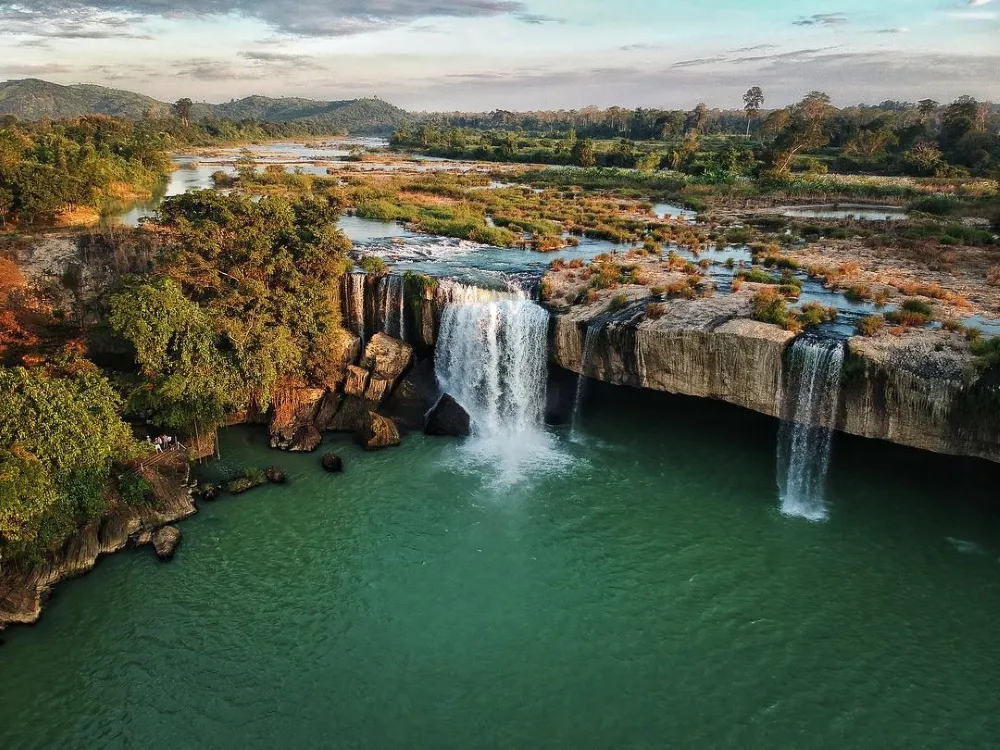
Pleiku - Land of volcano lakes and living culture
Located in Gia Lai Province, Pleiku sits amid rolling hills and fertile basalt plains. Its most iconic landmark is T’Nung Lake, also known as the “Eye of the Sea”, formed from an ancient volcanic crater. The calm, blue water surrounded by pine trees creates a peaceful escape from the city’s bustle.
Pleiku is also the cultural heartland of the Ba Na and Jarai peoples. Visitors can explore traditional villages, see impressive Rong houses, and witness daily life that still follows rhythms passed down through generations. A walk here feels like stepping into the timeless soul of the highlands.
Kon Tum
Further north lies Kon Tum, a province where spirituality and heritage come together. The city’s highlight is the famous Wooden Church, built over a century ago from solid ironwood and still standing strong today — a masterpiece of French and local craftsmanship.
Nearby villages reveal the distinctive rong houses of the Ba Na and Xo Dang peoples, symbols of community and pride. Don’t miss a walk across the Dak Bla suspension bridge, where views of the river and surrounding hills capture the quiet grace of this sacred land.
Dak Nong
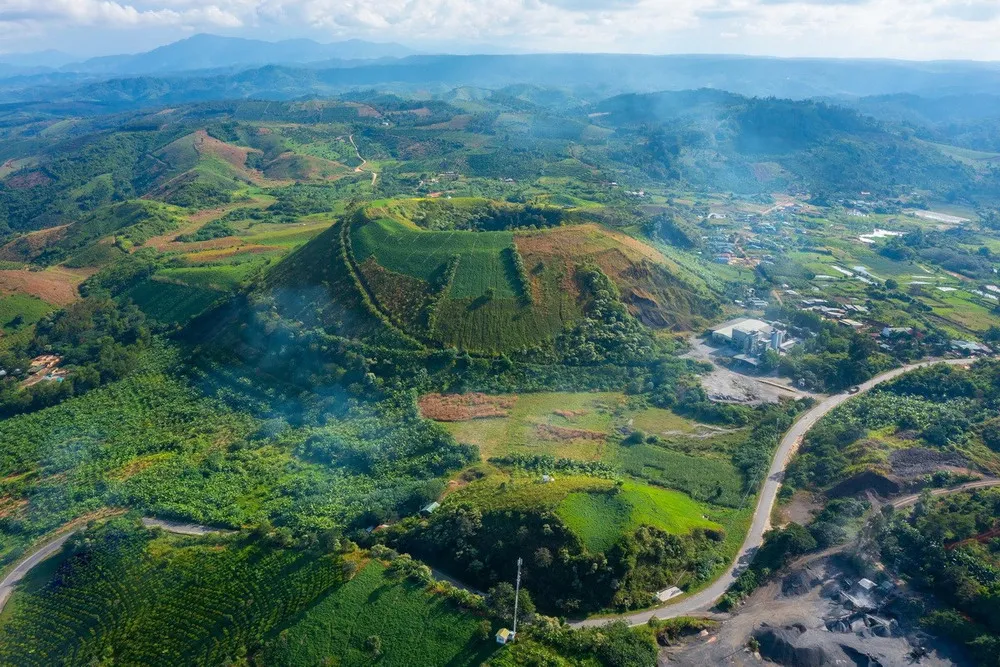
The southernmost part of the Central Highlands, Dak Nong is a place of raw, untouched beauty. Its highlight is the Dak Nong UNESCO Global Geopark, an extraordinary landscape of volcanic craters, lava tubes, and dense forests. Together with Dong Van Karst Plateau Geopark and Cao Bang Geopark in northern Vietnam, it stands among the country’s two UNESCO Global Geoparks — each revealing a different face of Vietnam’s geological wonders. Exploring Dak Nong’s volcanic caves, some of the longest in Southeast Asia, feels like stepping into another world, where time and nature have carved their stories deep into the earth.
Beyond its geology, Dak Nong offers tranquil lakes, local M’nong villages, and the soothing rhythm of rural life. It’s a destination for those who seek peace, authenticity, and the quiet power of nature.
7. How to get there
Reaching the Central Highlands of Vietnam is easier than many travelers imagine. The region is well connected to Vietnam’s major cities — Ho Chi Minh City, Da Nang, and Hanoi — by both air and road.
By plane
Several airports serve the region, including Lien Khuong Airport (Da Lat), Buon Ma Thuot Airport, and Pleiku Airport, with daily flights from Ho Chi Minh City and Hanoi, frequent connections from Da Nang. Flying is the quickest and most convenient way to reach the highlands, offering stunning aerial views of mountain ranges and lush green valleys below. Flying from Da Nang or Hanoi will cost more or have fewer options than from Ho Chi Minh City. VietJet Air, Bamboo Airways and Vietnam Airlines all operate these routes
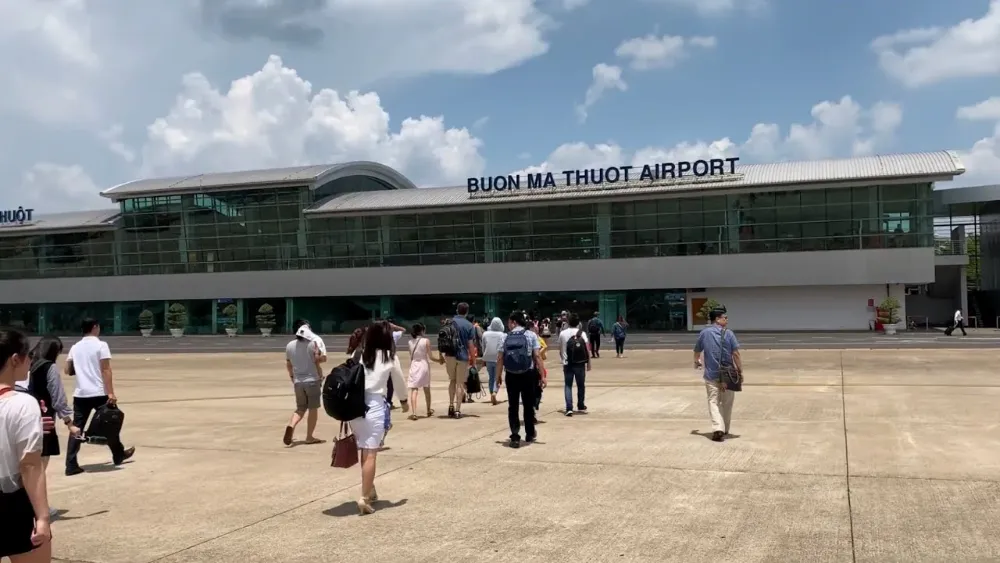
By bus/ private car
For those who prefer a more scenic journey, long-distance buses and private car transfers connect from Ho Chi Minh City, Da Nang, Hoi An into the highlands. The drive from Ho Chi Minh City to Da Lat takes around 6–7 hours, while Buon Ma Thuot can be reached in about 8–9 hours. Road travel allows stops at ethnic villages, coffee plantations, and panoramic viewpoints, adding richness to your journey.
8. How many days should you spend in the Central Highlands?
To fully enjoy the landscapes, culture, and atmosphere of Vietnam’s Central Highlands, plan to spend around 3 to 7 days exploring the region. This is the ideal amount of time to see its highlights - from coffee towns and waterfalls to mountain villages and historic churches - without feeling hurried.
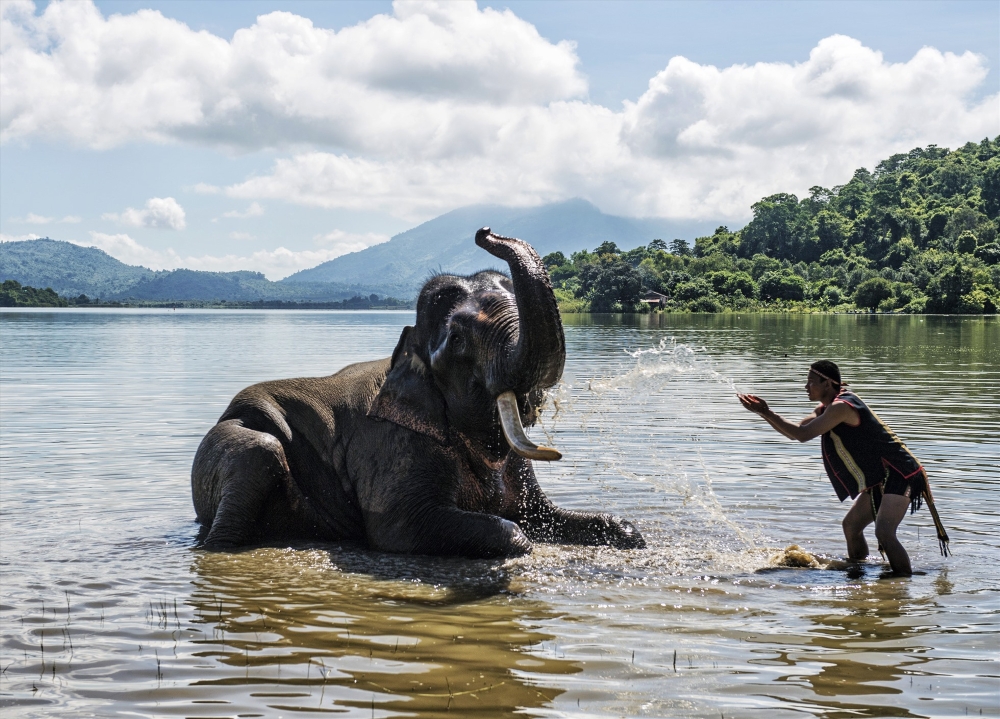
Central Highland 3 day itinerary
- Day 1: Buon Ma Thuot - Dray Sap waterfalls
- Day 2: Coffee Village - Ban Don - Botanic Garden
- Day 3: Lak Lake - Canoe Ride - Gong Music Show
>> Check details & price: Experience Central Vietnam in Style
Central Highlands 4 day itinerary
Day 1: Pleiku - T’Nung Lake - Kon Tum
Day 2: Kon Tum - Pleiku
Day 3: Pleiku - Buon Ma Thuot - Dray Sap waterfalls
Day 4: Lak Lake - Canoe Ride - Gong Music Show
>> Check details & price: Central Highland of Vietnam break
Central Highlands 7 day itinerary
Day 1: Dat Lat
Day 2: Da Lat City tour
Day 3: Da Lat - Buon Ma Thuot - Lak Lake
Day 4: Buon Ma Thuot - Dray Nur Waterfall - Don Village
Day 5: Pleiku - Coffee Museum - T’Nung Lake
Day 6: Pleiku - Kon Tum - Wooden Church
Day 7: Kon Tum - Dak To - Hoi An
>> Check details & price: Central Highland Discovery From Da Lat to Hoi An
The Central Highlands of Vietnam still remain one of the country’s most secret and fascinating regions - a place where the beauty of nature meets the depth of tradition. Every corner tells a story shaped by time, faith, and the resilience of its people. The gongs, the longhouses, the smell of roasted coffee, and the quiet kindness of highland communities all blend into an experience that stays long after you’ve left.
For those seeking beauty beyond the familiar, the Central Highlands offer exactly that - a land of contrasts, culture, and calm, waiting to be explored with open eyes and an open heart. If you’re ready to experience this region, IZITOUR can help you organize a journey that fits your interests, from short cultural escapes to immersive multi-day adventures. Leave us a message via WhatsApp +84 382 536 266 or email [email protected] to plan your customized tour and uncover the heart of Vietnam.
See more:
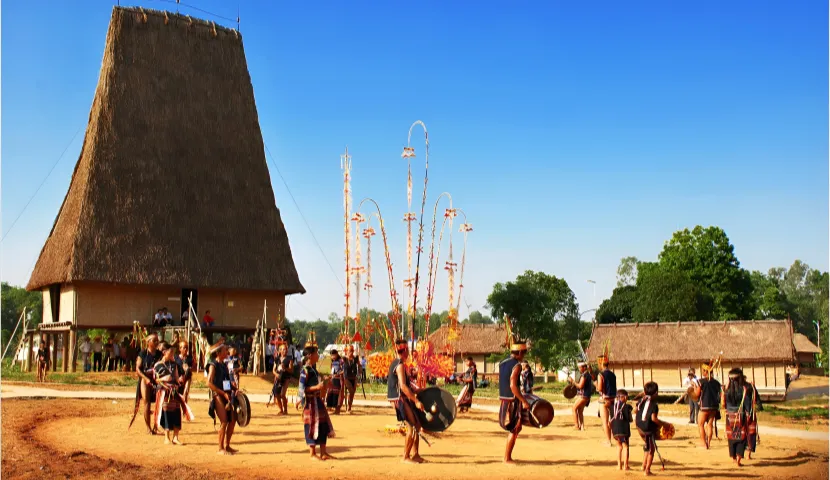






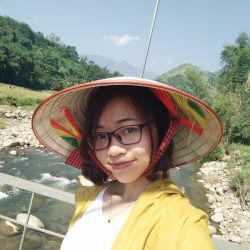
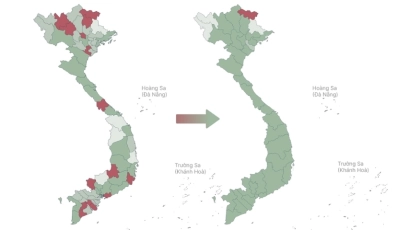
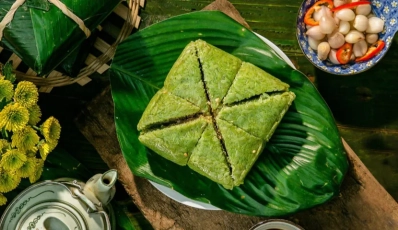
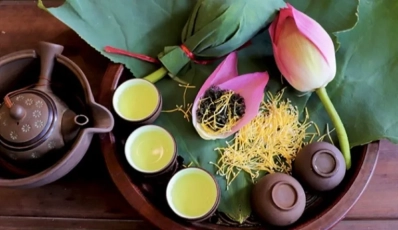
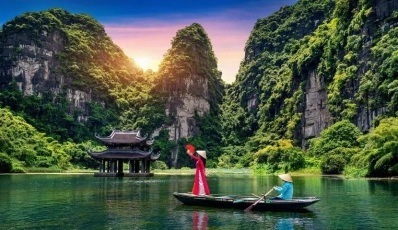

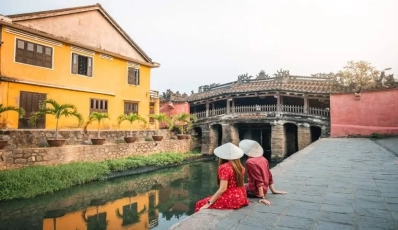
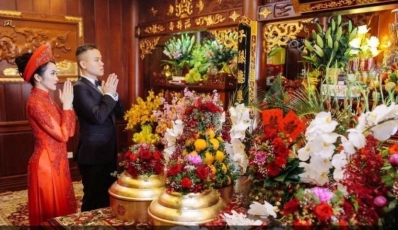
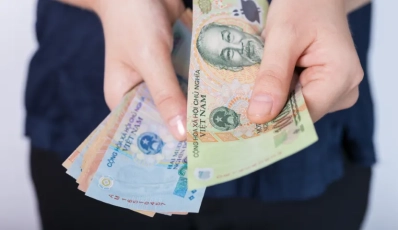
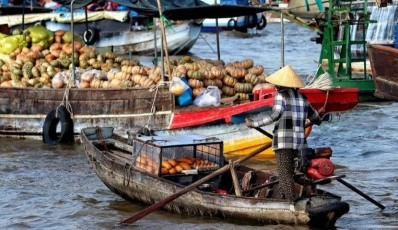
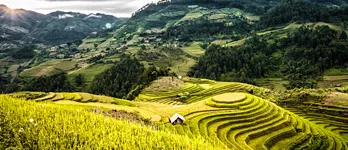
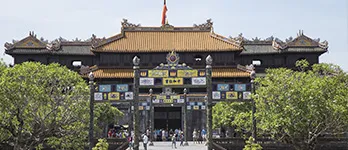


 TRAVELERS' CHOICE 2025
TRAVELERS' CHOICE 2025 